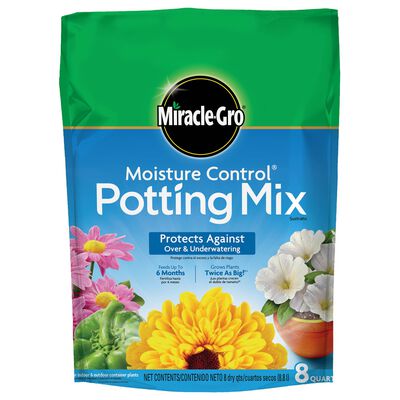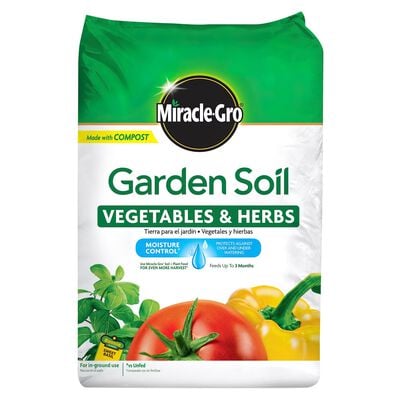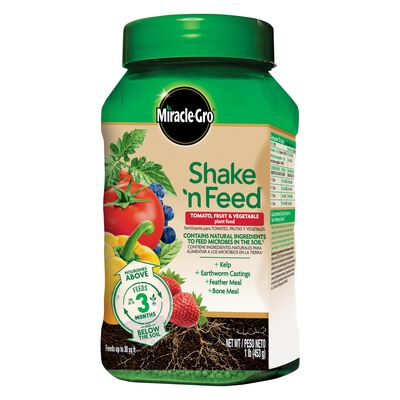
Seaside Daisy: California Flowers
This beautiful California native loves living where it's wet
Landscaping with Seaside Daisy
Seaside daisy works well in border plantings or in an area where you're looking for a constant source of color. With regular water it can be encouraged to flower all year in milder climates but needs no water to survive after it is established in its native range. Seaside daisy is cold-hardy to about 15°F and can also tolerate blazing summer temperatures. It prefers to grow in heavy clay soil but will also fare well in sand.

Growing Seaside Daisy Inland
Seaside daisy is one adaptable little plant. You can grow seaside daisy inland if you keep it well-watered and protected from intense afternoon sun. If you live in an area that receives more than 20 inches of precipitation annually, just plant seaside daisy in native soil and water, keeping soil consistently moist, until it's established. If you live in a drier climate that does not receive summer fog drip, water once a week. A 3-inch layer of mulch can help conserve moisture and will add nutrition to the flower over time as it gradually breaks down.

Invite Butterflies
Native butterflies like native plants, but seaside daisy is special. It has such a long flowering season that, as long as your winters aren't too cold, it can provide a nectar source even in the dead of winter. Seaside daisy also works great for attracting pollinators to your vegetable garden. Use it in between vegetable beds and more drought-tolerant landscaping to increase your vegetable yields.

Where to Find Seaside Daisy
There are many seaside daisy cultivars and hybrids available at nurseries that carry California native plants. For a very compact and tidy form, look for a hybrid called 'Wayne Roderick.' It has glossy foliage and delicate purple flowers. For a tougher and more drought-tolerant variety, try 'Cape Sebastian.'
Photos courtesy of Penny Wilson. Original article by Penny Wilson. Penny is a gardening writer who specializes in California native plants.


